Wall cladding helps protect your home against harsh weather conditions that can pose damage to your property. It provides an additional layer of protection to your home, particularly when you choose the right materials. With the many types in the market, it can be daunting to make a selection. Nonetheless, choosing the right wall cladding offers numerous benefits.
Here is how to choose the most suitable type of wall cladding for your home
- Adequate protection
Numerous products are used to make wall cladding, including brick, stone, timber, metal, vinyl, and composite materials. Each type has its pros and cons; thus, you can hire wall cladding specialists to aid you in getting the one that suits your preferences and the climatic conditions of your area.
Ideally, consider the durability and maintenance requirements of the wall cladding material. Some materials require regular upkeep, while others are low maintenance. The longevity of the cladding material should also be a consideration, as it can impact the long-term cost of maintaining your home’s exterior.
- Price
When it comes to wall cladding, you must choose a product that provides protection and aesthetic appeal. While price is vital, it should not be the only factor. You must compare the cost and quality. Cheap items seem like the best option to save money, but they can result in high prices in the long run.
Low-quality cladding materials can deteriorate fast and require frequent maintenance, leading to additional expenses. On the other hand, the high-quality cladding may cost more upfront, but it can last longer and require less maintenance, saving you money in the long run. Therefore, consider quality of the cladding material and the cost of maintenance and repair when budgeting.
- Aesthetic value
The style or design of the wall cladding matter a lot. Different types can complement various architectural styles, and you must select a style that complements the overall design of your home. For example, a modern home may benefit from sleek, minimalist wall cladding, while a more traditional home may benefit from a more ornate or textured option.
- Purpose
Consider the purpose of the room where the wall cladding will be installed. Is it a high-traffic area like a kitchen or bathroom that requires water-resistant and durable cladding? Or a low-traffic site like a bedroom or living room that can have more decorative and less durable cladding?
- Material
The material of the wall cladding is a crucial factor to consider. Some popular options include tiles, stone, timber, vinyl, metal, and fiber cement. Each material has unique advantages and disadvantages, so it’s essential to research and choose one that suits your needs and preferences.
- Maintenance
Keeping your cover clean and updated is essential to increase its durability. Therefore Consider the maintenance requirements of the wall cladding. Some materials require more maintenance than others, such as timber which needs regular sealing and oiling. If you’re looking for low-maintenance options, consider vinyl or fiber cement cladding.
Final thoughts
Owning a property is a significant investment you can make throughout your life. Therefore you need the right tips to protect your investment and reduce maintenance costs where necessary. Wall cladding is an essential strategy to protect your home. If you are going to purchase these products above are great guidelines.



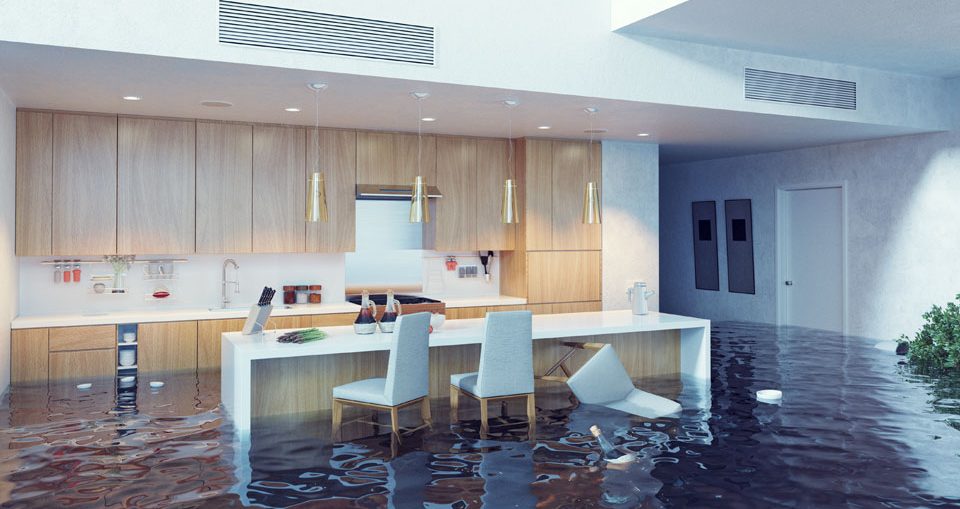
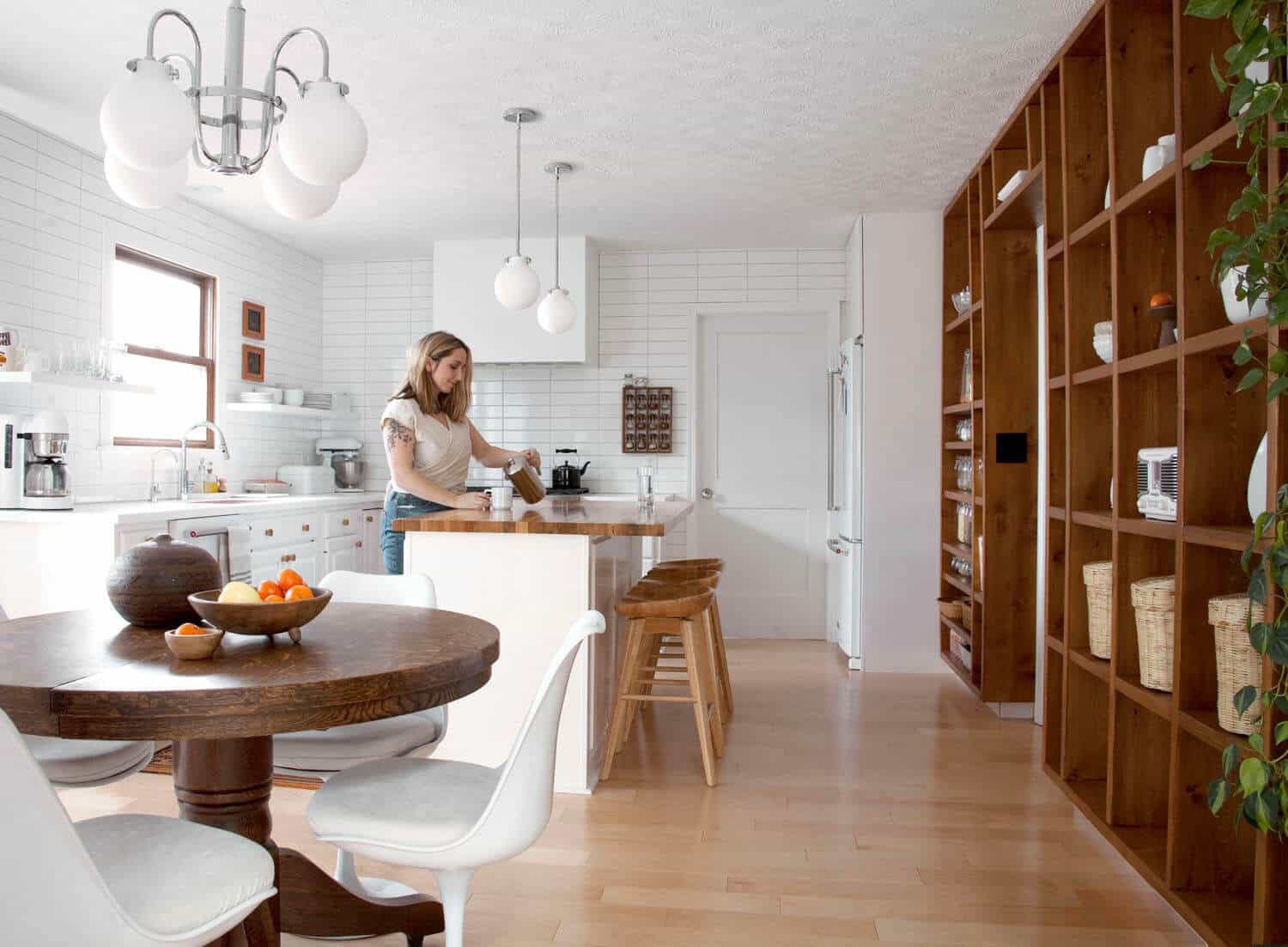

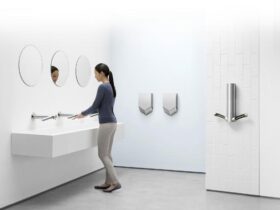
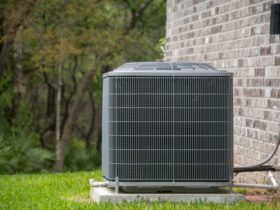


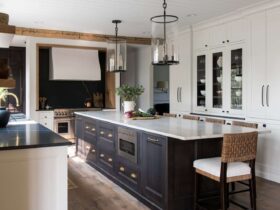
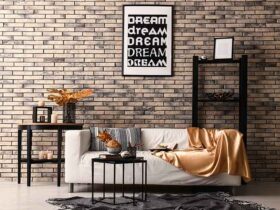
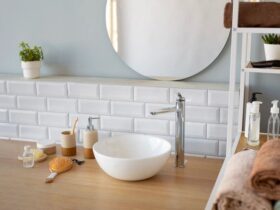

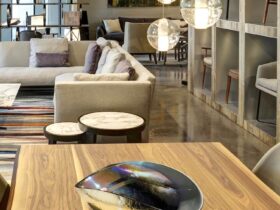

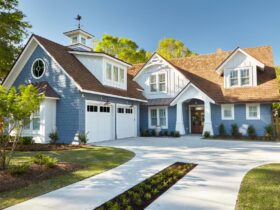
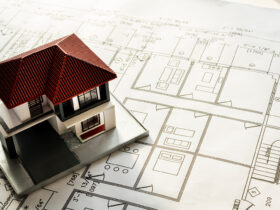
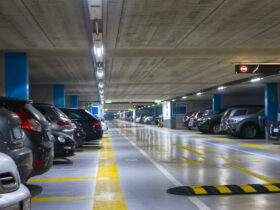
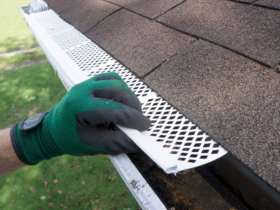
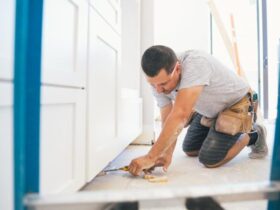
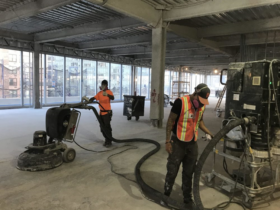
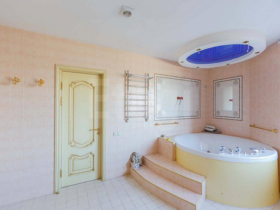
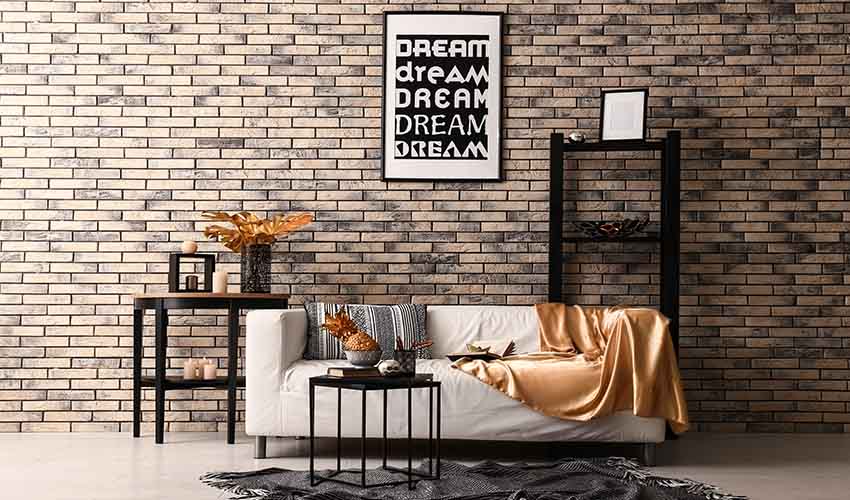



Leave a Reply